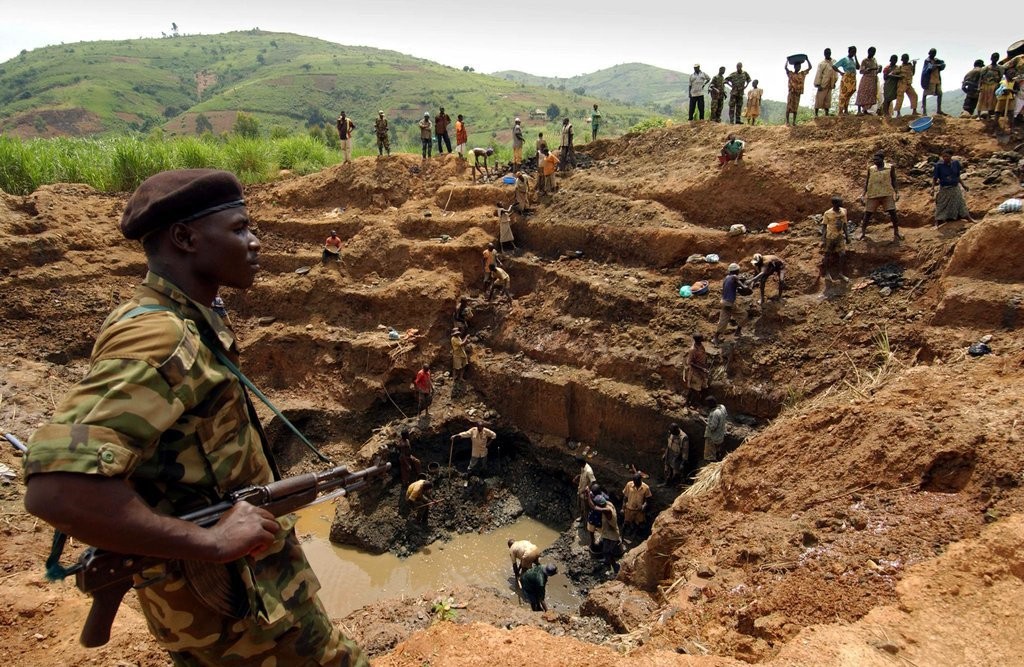Tiffany & Co. announced Tuesday it will share the full background of its newly sourced diamond rings, an industry first as it looks to attract customers who care about quality as well as social and environmental responsibility.

KEY FACTS
As demand for lab-grown diamonds is on the rise, it is likely Tiffany and other jewelers want to assuage conflict diamond and sustainability concerns which have long plagued the diamond industry.
The 183 year old jeweler will provide a Tiffany Diamond Certificate with the diamond’s region or countries of origin as well as where it was cut and polished, graded and quality assured and set in jewelry starting this October.
Tiffany says disclosing the country where each stone is crafted and set marks a first for global luxury jewelers and follows last year’s announcement that Tiffany would become the first to provide the country or region of origin for its diamond rings.
Twenty years ago, diamond industry leaders including Tiffany’s adopted the Kimberley Process aimed at stopping the worldwide trade of conflict diamonds, which it defines as “rough diamonds used to finance wars against governments,” but critics have said the definition is too narrow and does not factor human rights and sustainability concerns.
In 2018, the advocacy organization Human Rights Watch evaluated whether 13 of the world’s major jewelry brands responsibly source their gems and minerals and Tiffany’s topped the list, still, the report found “none of the companies can identify all of their diamonds’ individual mines of origin.”
Despite recent “quarantine proposals,” Tiffany’s engagement jewelry sales dropped nearly 97% year-over-year from $280.4 million to $142.5 million in the first quarter of 2020 and total net sales dropped by nearly 45% from more than $1 billion to $555.5 million.
TANGENT
Nearly 70% of millennials would consider buying an engagement ring with a lab-grown diamond, according to a 2018 report from MVI Industries, a marketing research and analytics firm for the gem, jewelry and watch industries. Lab-grown diamonds have the same chemical composition as a traditional diamond but they are usually less expensive.
Source: Forbes


